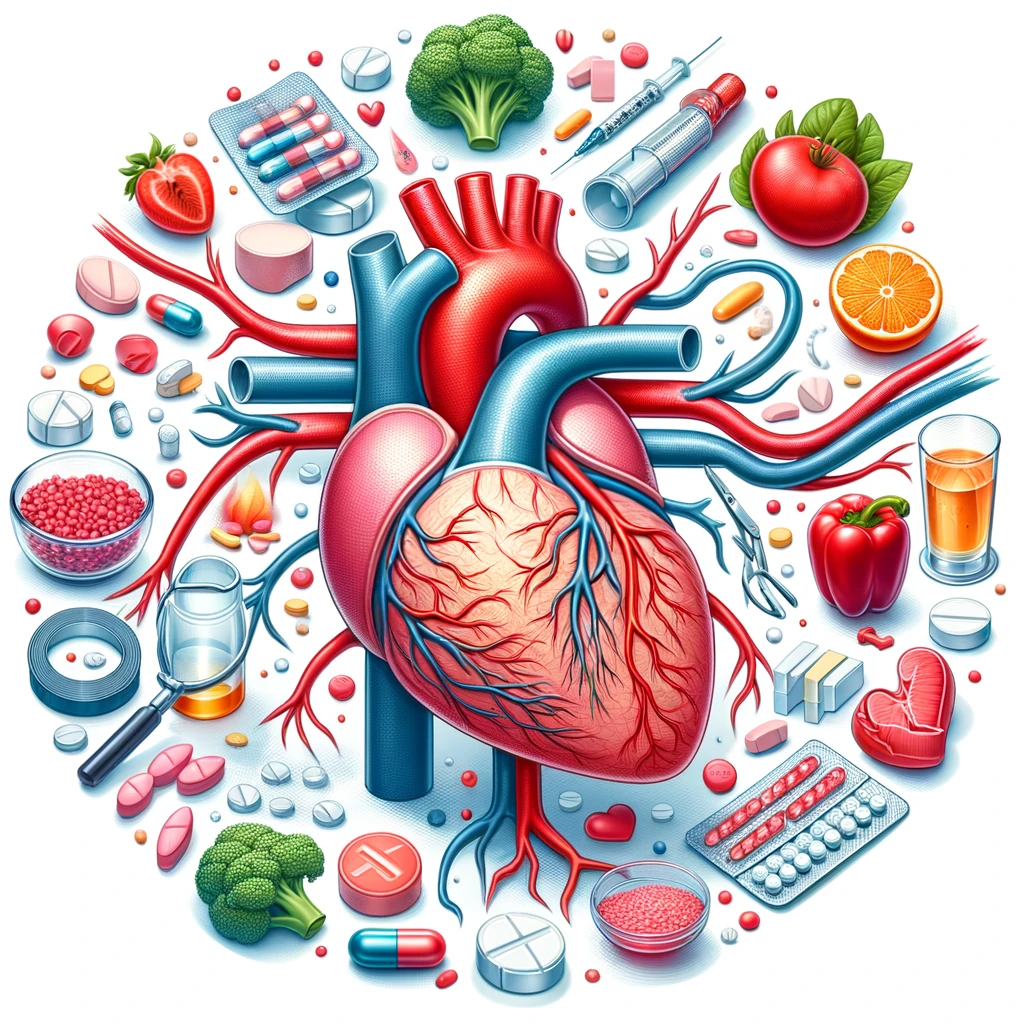| Aspect | Detail |
|---|---|
| Primary Treatment Approaches | Lifestyle changes, medications, and surgical procedures |
| Medications | Statins, beta-blockers, calcium channel blockers, antiplatelet drugs |
| Surgical Procedures | Angioplasty with stent placement, Coronary artery bypass grafting (CABG) |
| Lifestyle Changes | Healthy diet, regular exercise, quitting smoking, managing stress |
| Importance of Early Detection | Reduces risk of heart attack and complications |
| Patient Education | Key for managing risk factors and adhering to treatment plans |

The focus of this article is to explore the various medical treatments available for Coronary Artery Disease (CAD), a leading cause of heart-related illnesses worldwide. Our aim is to provide a thorough understanding of the condition, its causes, symptoms, and the most effective treatments as of the latest medical guidelines and research findings.
Understanding Coronary Artery Disease
Coronary Artery Disease occurs when the coronary arteries, responsible for supplying blood to the heart muscle, become hardened and narrowed due to the buildup of plaque. This can lead to reduced blood flow to the heart muscle, causing chest pain (angina), shortness of breath, and other symptoms. In severe cases, it can lead to a heart attack.
Causes and Risk Factors
- High cholesterol levels
- High blood pressure
- Smoking
- Diabetes
- Obesity
- Sedentary lifestyle
- Family history of heart disease
Symptoms to Watch For
- Chest pain or discomfort
- Shortness of breath
- Fatigue
- Heart palpitations
Medical Treatments for Coronary Artery Disease
Lifestyle Modifications
Making lifestyle changes is often the first step in treating CAD. This includes adopting a heart-healthy diet, engaging in regular physical activity, quitting smoking, and managing stress.
Medications
A variety of medications can be used to treat CAD, including:
- Statins: Reduce cholesterol levels
- Beta-blockers: Lower heart rate and blood pressure
- Calcium channel blockers: Relax blood vessels
- Antiplatelet drugs: Prevent blood clots
Surgical Procedures
For more severe cases, surgical interventions may be necessary:
- Angioplasty and Stent Placement: A balloon is used to open up the blocked artery, and a stent is placed to keep it open.
- Coronary Artery Bypass Grafting (CABG): A surgery where arteries or veins from other parts of the body are used to bypass the blocked arteries.
Importance of Early Detection and Management
Early detection of CAD can significantly reduce the risk of heart attacks and complications. Regular check-ups and monitoring of heart health are crucial, especially for individuals with risk factors.
Patient Education and Support
Educating patients about their condition and the importance of adherence to treatment plans is critical. Support from healthcare providers, family, and community resources can enhance quality of life and disease management.
Conclusion
Managing Coronary Artery Disease requires a comprehensive approach that includes lifestyle changes, medications, and possibly surgical interventions. Early detection, patient education, and adherence to treatment plans are essential for effective management and improving outcomes. Individuals are encouraged to work closely with their healthcare providers to develop a personalized treatment plan that addresses their specific needs and risk factors.
